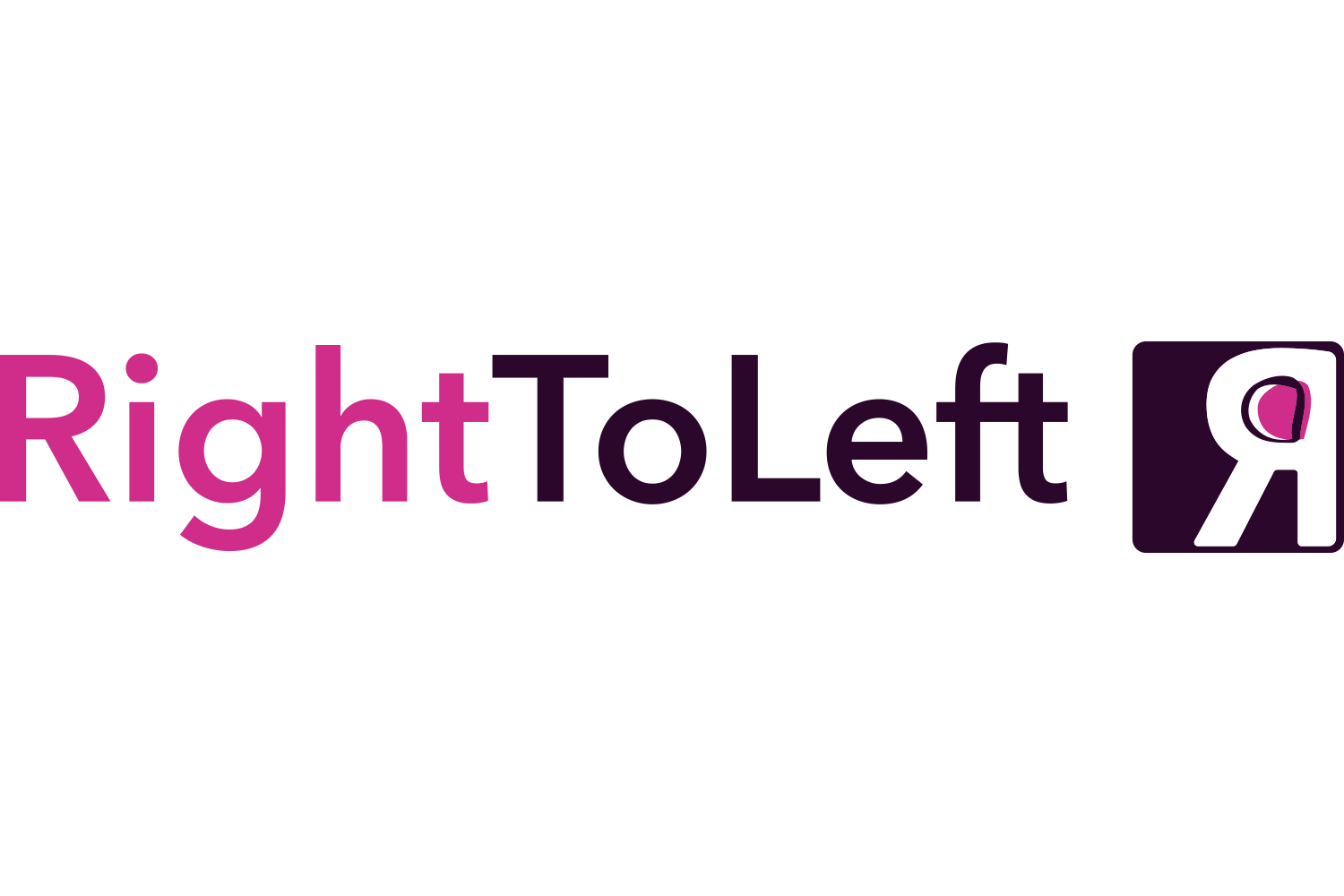Automation will help product managers
Digital transformation and hyper-automation have been the focus of many businesses for so long that it’s hard to call them ‘trends’ anymore.
But I predict 2023 will be the year product management will get to reap the benefits of both, thanks to the impact of cognitive automation.
Billed as the ‘fourth revolution’, cognitive automation; the way AI makes sense of unstructured data, will be transformative for PMs who currently suffer under the burden of being made to take on tasks beyond their role.
The primary focus of a PM is to keep projects on track, keep stakeholders in line, and keep relations peaceful. But I hear stories of data analysis, query answering, and desk research eating up resources all the time.
If PMs wanted to crunch numbers, they’d be working as analysts at banks.
This year, we’ll see bold, brave firms implementing cognitive automation solutions like OpenAI’s revolutionary ChatGPT to take on that responsibility, freeing up PMs to focus on interpreting and communicating what’s important from that data.
Solutions that pick up these additional responsibilities will increase PM’s satisfaction, up their effectiveness, improve overall business quality and operational scalability, reduce turnaround, and lower error rates.
That’s why CEOs should and will invest in them because effective product management bolstered by new technology lowers operating costs and grants their company a competitive advantage.
I expect this trend to be more apparent among smaller, bolder, ‘fail fast, ask questions later’ companies. We won’t see a mainstream breakthrough until these technologies are transparent enough in how they arrive at the decisions they make.
Bigger companies need to protect themselves against any potential bias in AI and ensure the solutions they use to make the best decisions possible, they need to understand how those solutions work to be able to do that.
Whether that happens in 2023 remains to be seen, if it does, the future looks positive for product management.

